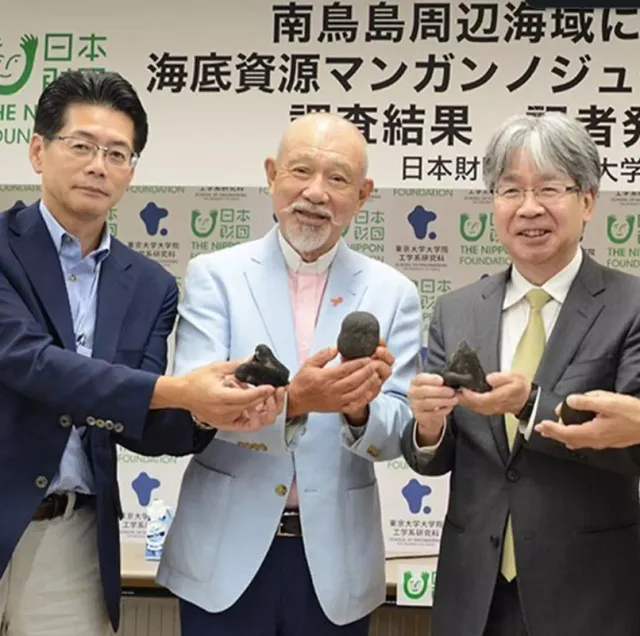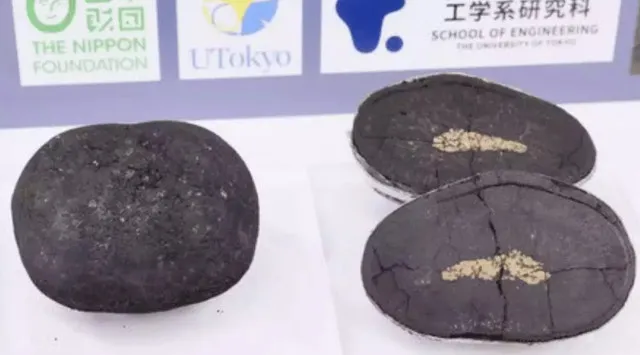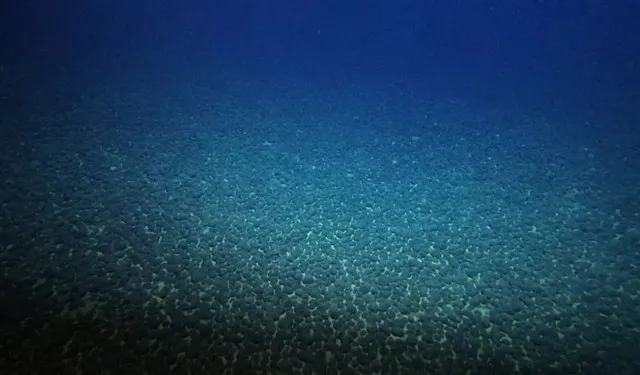Japanese researchers have discovered rare minerals worth over $26 billion, which could help sustain the country’s economy for the next decade.
Japanese researchers have made an exciting discovery that could greatly impact the country’s economy.
They have found over 230 million tons of rare minerals in the ocean near Minami-Tori-shima island.
This treasure trove of resources is estimated to be worth around $26.3 billion, which could help support Japan’s economy for many years.

What was discovered?
The researchers conducted extensive surveys of the seabed, exploring more than 100 sites at depths of up to 5,200 meters.
They discovered a large number of manganese nodules, which are rich in valuable minerals.
These nodules contain significant amounts of cobalt and nickel, two essential materials used in various technologies.
Specifically, the area holds about 610,000 tons of cobalt and 740,000 tons of nickel.

This amount is enough to meet Japan’s needs for approximately 75 years for cobalt and 11 years for nickel.
Such a find could reduce Japan’s reliance on imported rare materials, which currently come from several countries, mainly China.
Importance of rare minerals
Rare minerals play a crucial role in the production of modern technology.
They are essential for creating lithium-ion batteries, which power smartphones, electric cars, and many other devices.
As the demand for electric vehicles and renewable energy solutions grows, the need for these materials is expected to increase dramatically.
Experts estimate that the demand for materials like cobalt and nickel could rise by 400 to 600% in the coming years.

The global shift towards battery-powered technologies and away from fossil fuels drives this rise.
Companies focused on electric vehicle production, like Tesla, have already seen significant growth, and Japan aims to take advantage of this trend.
The discovery could have a significant economic impact.
The discovery of these rare minerals could provide a substantial boost to Japan’s economy.
If Japan sells the entire estimated find, it could generate over $26 billion in revenue.
This influx of money could support various sectors, including technology, manufacturing, and research.
Yasuhiro Kato, a professor at the University of Tokyo, shared that Japan plans to extract about three million tons of these materials each year.
The university will analyze the resources to ensure efficient and responsible use.

The discovery raises important environmental considerations for Japan’s future.
While the potential economic benefits are significant, Japan is also aware of the environmental impact of extracting these minerals.
The country plans to take a cautious approach to mining these resources.
By limiting the yearly extraction, they aim to minimize harm to the marine environment.
Past experiences with coal mining in ocean areas have shown that such activities can lead to serious damage to marine ecosystems.
The careful management of these resources is essential.
Japan wants to balance economic growth with environmental protection to ensure sustainable development.

Japan aims to use newfound rare minerals for long-term economic stability.
As Japan moves forward with this discovery, it has the chance to strengthen its position in the global market for rare materials.
This find could not only secure the country’s supply of essential minerals but also enhance its technological capabilities.
With the world increasingly focused on sustainable technologies, Japan’s investment in these resources could lead to new innovations and industries.
As demand for electric vehicles and renewable energy solutions continues to grow, Japan is positioning itself to play a significant role in the global supply chain for these critical materials.